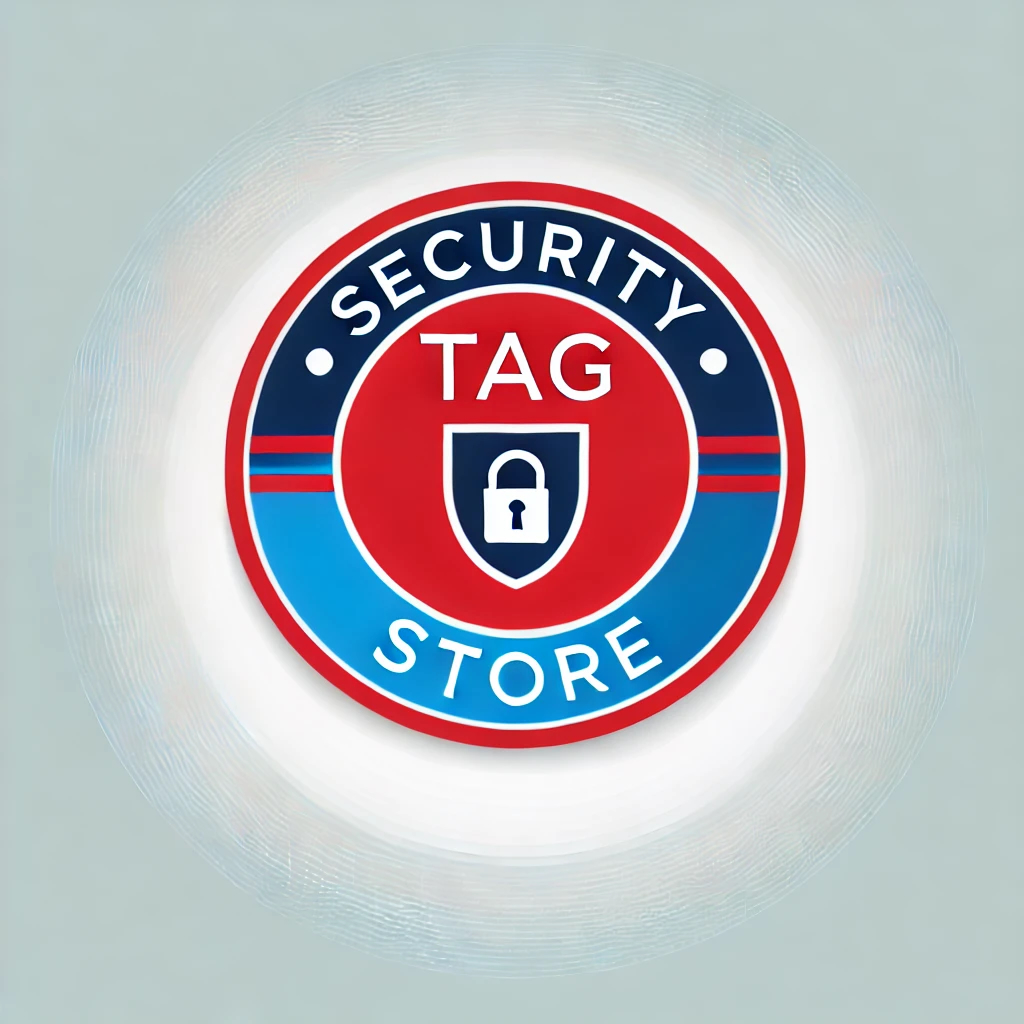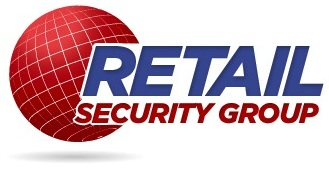What is Electronic Article Surveillance?
Electronic Article Surveillance (EAS) is a technological method for preventing shoplifting from retail stores, pilferage of books from libraries, or removal of items from secured areas. Special tags are fixed to merchandise or books. These tags are removed or deactivated by the staff when the item is properly bought or checked out. At the exits of the store, a detection system sounds an alarm or alerts the staff when it senses active tags.
Types of EAS Systems
- Radio Frequency (RF): Uses radio frequency technology. Common in clothing and hard goods retail.
- Acousto-Magnetic (AM): Uses acousto-magnetic technology. Effective for small items and in metal-heavy environments.
- Electromagnetic (EM): Uses electromagnetic technology. Often found in libraries and media retail.
Key Components of EAS Systems
- Security Tags: Attached to products to trigger alarms. View our security tags
- Detachers: Used to remove security tags at point of sale. Explore detachers
- Deactivators: Used to deactivate disposable security tags. Check out deactivators
- Pins and Lanyards: Essential accessories for certain types of tags. View pins and lanyards
- Detection Systems: Installed at store exits to detect active tags. Learn about detection systems
Benefits of EAS Systems
- Theft Deterrence: Visible tags and systems discourage potential shoplifters.
- Inventory Management: EAS can be integrated with inventory systems for better stock control.
- Customer Experience: Reduces the need for locked displays, allowing customers to interact with products freely.
- Staff Efficiency: Automated alerts allow staff to focus on customer service rather than constant surveillance.
- Data Collection: Advanced systems can provide insights on customer behavior and product movement.
Benefits of Used EAS Systems
- Cost-Effectiveness: Lower initial investment costs for robust loss prevention.
- Environmental Responsibility: Reduces electronic waste and supports a circular economy.
- Proven Reliability: Used systems often have a track record of effectiveness.
- Resource Efficiency: Reusing technology reduces demand for new resources and energy consumption.
EAS Best Practices
- Proper Tag Placement: Ensure tags are placed securely and visibly on merchandise.
- Staff Training: Educate employees on proper tag application, removal, and system operation.
- Regular Maintenance: Keep EAS systems well-maintained for optimal performance.
- Integration with Other Security Measures: Combine EAS with CCTV and trained security personnel for comprehensive protection.
- Analyze and Adapt: Regularly review EAS data to identify trends and adjust strategies accordingly.
The Future of EAS
As technology evolves, EAS systems are becoming more sophisticated. Future trends include:
- Integration with RFID for improved inventory management
- AI-powered analytics for predictive loss prevention
- Mobile EAS solutions for flexible store layouts
- Eco-friendly and reusable tag designs
The Power of Synergy: EAS and CCTV Security Systems in Retail
Understanding the Basics
EAS Systems: The Silent Guardians
EAS systems serve as the first line of defense in retail environments. By attaching tags or labels to merchandise, these systems trigger an alarm when an unsold item passes through the EAS antennas at store exits. This technology is particularly effective for protecting high-value or easily concealed items such as clothing, electronics, and cosmetics.
CCTV Systems: The Watchful Eyes
CCTV systems, on the other hand, provide a broader surveillance approach. Strategically placed cameras throughout a store or facility allow for real-time monitoring and recording of activities. This visual documentation proves invaluable for reviewing incidents and gathering evidence when security breaches occur.
The Synergistic Advantage
When EAS and CCTV systems work in tandem, they create a robust security ecosystem that offers numerous benefits:
- Enhanced Theft Deterrence: The visible presence of both EAS tags and CCTV cameras acts as a powerful psychological deterrent. Potential thieves are less likely to attempt shoplifting when they know items are tagged and their actions are being recorded.
- Improved Detection and Response: When an EAS alarm is triggered, security personnel can immediately refer to CCTV footage to assess the situation. This real-time collaboration enables swift and appropriate responses to potential thefts.
- Comprehensive Coverage: While EAS focuses on protecting specific items, CCTV provides broader environmental surveillance. This combination ensures both individual products and the overall store space are monitored effectively.
- Robust Evidence Collection: In the event of a theft, the synergy between EAS and CCTV systems provides a wealth of evidence. EAS data pinpoints the time and location of a security breach, while CCTV footage captures visual details of the incident, aiding in investigations and prosecutions.
- Operational Efficiency: Integrating these systems allows security staff to monitor both EAS alerts and CCTV feeds simultaneously, streamlining operations and reducing the likelihood of false alarms.
Beyond Loss Prevention
The benefits of combining EAS and CCTV systems extend beyond mere theft prevention. This integrated approach to security fosters a sense of safety and trust among customers and employees alike. It creates an environment where shoppers can focus on their experience without concerns about personal safety or the security of their belongings.
Moreover, this comprehensive security strategy contributes to a store's bottom line not just by preventing losses, but by creating a positive shopping atmosphere that can enhance customer loyalty and encourage repeat visits.
Conclusion
In today's competitive retail landscape, where margins can be tight and losses significant, the synergistic use of EAS and CCTV systems offers a powerful solution. By leveraging the strengths of both technologies, retailers can create a multi-layered security approach that deters theft, improves response times, and provides crucial evidence when incidents do occur.
Investing in this integrated security strategy is not just about protecting assets—it's about building a foundation of trust and security that benefits everyone involved in the retail experience. As the retail industry continues to evolve, the combination of EAS and CCTV will undoubtedly remain a cornerstone of effective loss prevention and security management.
Need Expert Advice?
Our team of EAS specialists is ready to help you find the perfect solution for your retail security needs.
Contact Us
